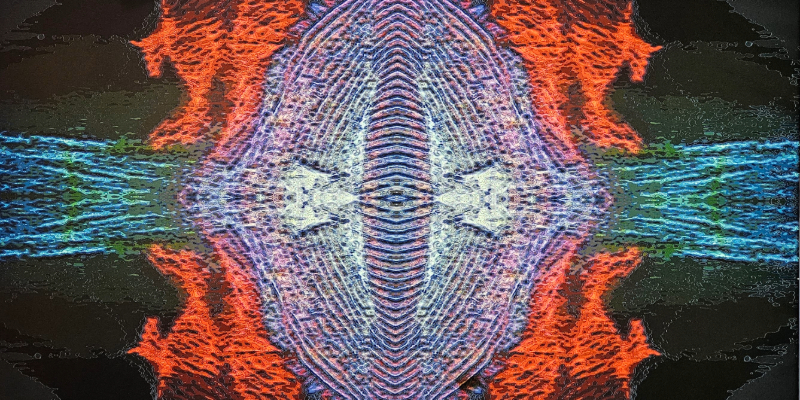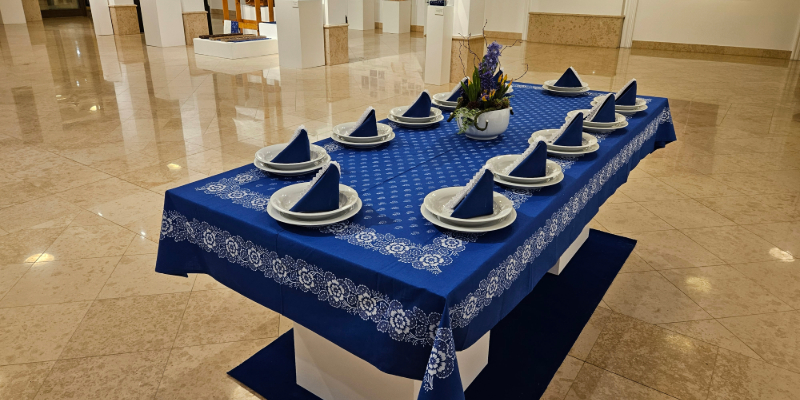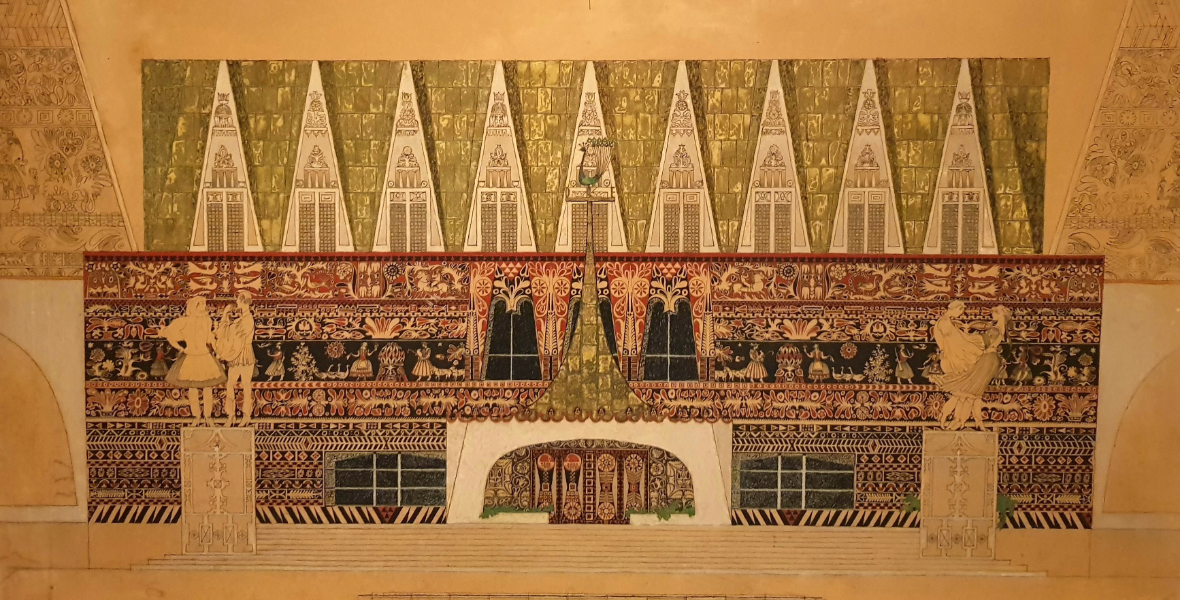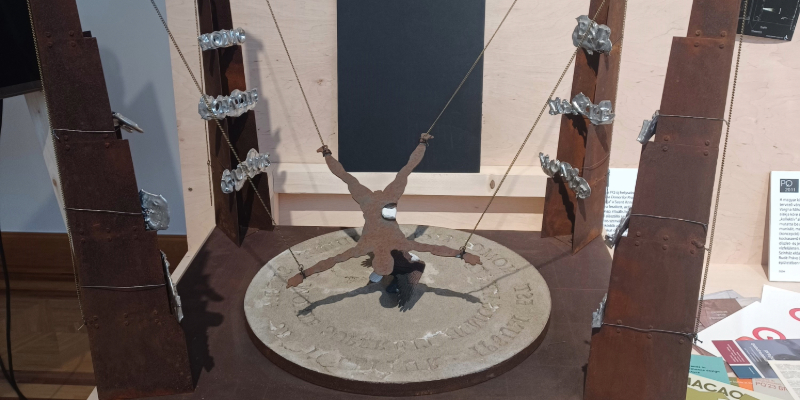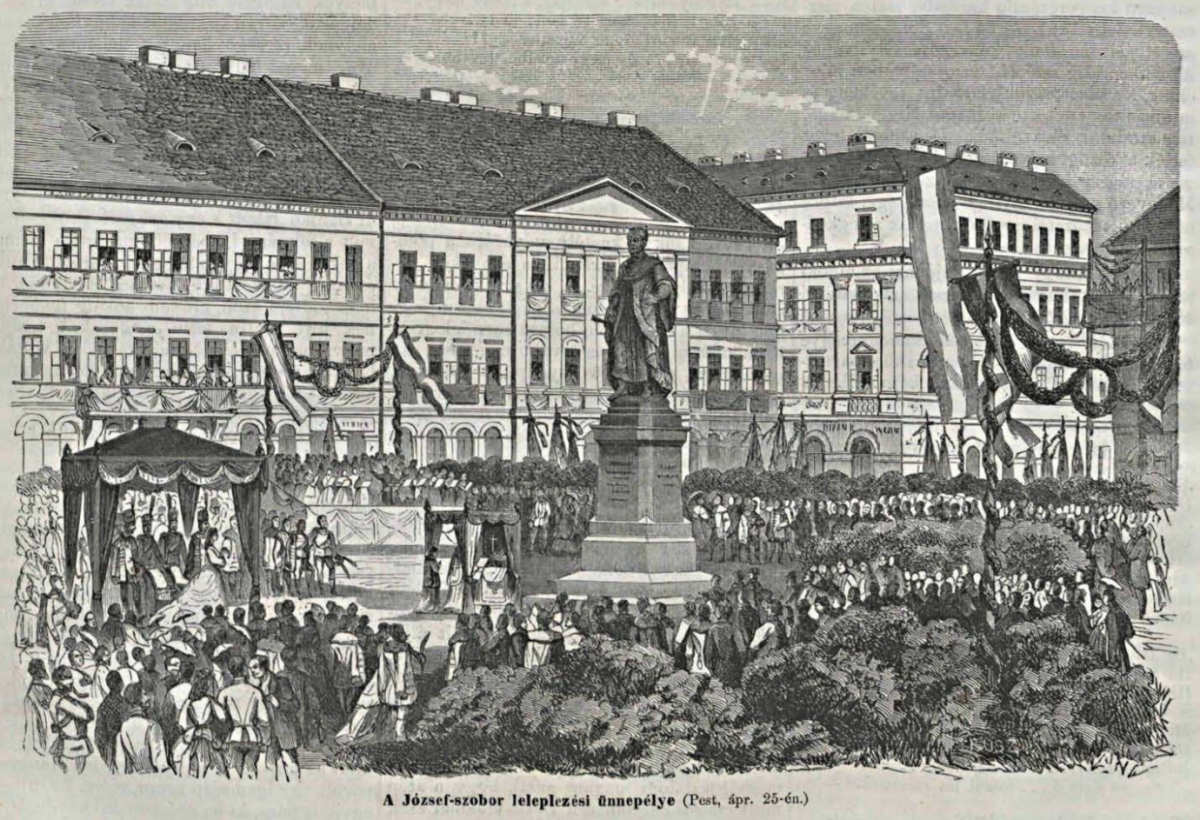
Mosaics from Pesti Vigadó's History
It took only eight days for the Hungarian nation to find out in what way and in what institutionalised manner they could befittingly preserve the memory of their beloved Palatine Archduke Joseph Anton of Habsburg.
The 50th anniversary of the election of Archduke Joseph Anton of Habsburg to the position of palatine took place in 1846, but the celebrations in commemoration of this event had to be postponed due to the ever-worsening condition of the 70-year-old gentleman, who eventually died on 13th January 1847. Eight days following his death, those who honoured him were already busy founding the Joseph Memorial Society, which was entrusted with the important task of erecting a statue in commemoration of the Palatine, thereby putting up the first public statue in the town of contemporary Pest. Interestingly, on the eve of the Hungarian Revolution of 1848 against the Habsburg rule, the Hungarian nation was just about to dedicate the first public statue in Pest to a Habsburg.
On 21st January 1847, the Society elected its Board and Pest's Deputy-Mayor Lipót Rottenbiller was appointed its President. The Society also included famous Hungarians such as architects József Hild and Miklós Ybl, literary critic Ferenc Schedel (Toldy) and Count István Széchenyi. The Society immediately started to raise funds but it was still uncertain where the statue of the Palatine was to be erected. The Assembly of the Society gathered in the Small of Room of Redoute, which building once stood in the place of Pesti Vigadó, to decide on the place of the statue, and soon it was determined that those present found Joseph Market the most suitable place for the purpose. By that time nearly 5,000 Hungarian pengő forints had been collected to finance the preparation of the statue, and it was also concluded that not only Hungarian sculptors can be entrusted with the commission. Thus the artwork was agreed to be created by the Munich-based sculptor Ludwig Schwanthaler, but the erection of the statue was postponed due to the outbreak of the Hungarian Revolution of 1848. The question of the statue was not on the table again up until 1857, when another Munich-based sculptor Johann Halbig was commissioned to create the artwork. In August 1858, his plans were examined and Hungarian painter Miklós Barabás expressed some reservation about the life-like portrayal of the Palatine.
The statue itself was prepared in Munich, while the pedestal was made in Pest. Then the day of the planned unveiling was selected: 1st May 1860. Contrary to this, the unveiling eventually did not take place for two reasons: on the one hand, the orientation of the statue was questioned and, on the other hand – and more importantly –, Emperor Franz Joseph I was afraid that the unveiling of the statue would trigger a series of protests against him. Therefore, for 8 long years the 4.43 metre-high statue had patiently been waiting for a better turn in the course of its life in the yard of the old town hall of Pest. The Emperor approved of the erection of the statue in 1868, the artwork was put up at its place in the autumn, but upon the request of the Emperor it was only on 25 April next year that the public unveiling of the statue took place. The Austrian royal couple arriving at the scene to take part at the unveiling approached Joseph Square from the direction of the square in front of the contemporary German-language Town Theatre of Pest (this theatre was originally located in the place of a building situated next to Pesti Vigadó' building, i.e. this theatre was located on today's Vörösmarty Square): the imperial couple was travelling in a grandiose royal cart, which was transported for that special purpose from Vienna to Pest. Following them was the beloved Palatine's son Archduke Joseph, who at that time was already the Commander-in Chief of the Hungarian Royal Army.
A splendidly decorated and ornamented square was waiting to greet the celebratory crowd, which also included leaders of Hungary as well as outstanding artists, among them great Hungarian poet János Arany and world-renowned Hungarian music composer Franz Liszt. The neighbouring buildings were dressed in Hungarian tricolours and were decorated with the flags of Hungarian comitats. However, the sumptuous celebration was marred by an unfortunate event: the veil simply would not fall from the almost 10-metre-high statue. In lack of no other potential solution, a long ladder was leant against the statue. Some person climbed up the ladder and so Pest's first public statue was finally unveiled.
In sum, Palatine Joseph's statue was not only the town of Pest's first public statue but the first unveiling of a public statue in Pest is also connected to Palatine Joseph's sculpture.

